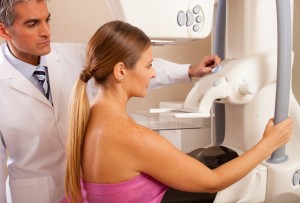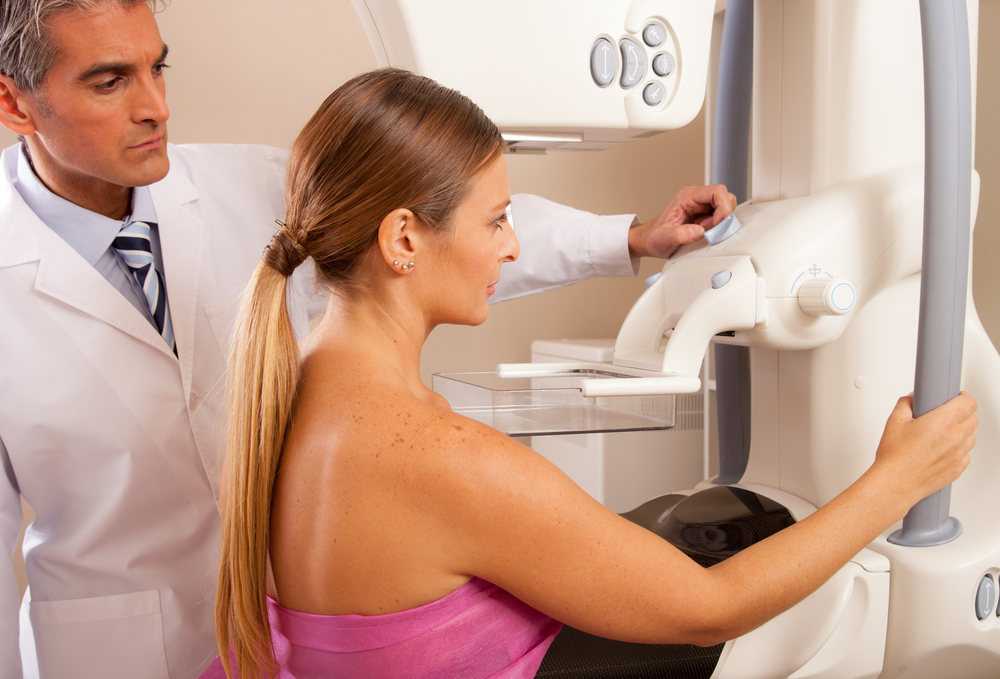 A new study entitled “A Patient-Level Calibration Framework for Evaluating Surveillance Strategies: A Case Study of Mammographic Follow-Up After Early Breast Cancer” was published this week in the journal Value in Health. The team of researchers led by Professor Jon Karnon, professor in Health Economics at The University of Adelaide examined the state of the international guidelines and analyzed the cost-effectiveness of a new follow-up model for early breast cancer survivors.
A new study entitled “A Patient-Level Calibration Framework for Evaluating Surveillance Strategies: A Case Study of Mammographic Follow-Up After Early Breast Cancer” was published this week in the journal Value in Health. The team of researchers led by Professor Jon Karnon, professor in Health Economics at The University of Adelaide examined the state of the international guidelines and analyzed the cost-effectiveness of a new follow-up model for early breast cancer survivors.
Recommendations from international guidelines are for all women who have completed their primary treatment for early breast cancer and will undergo their annual mammography. However, there are no studies at the moment evaluating and supporting the need for this schedule. With this unmet need in mind, the team of researchers created a novel data collection and model calibration process to analyse the efficacy of other follow-up schedules for early breast cancer survivors.
The researchers used a discrete event simulation model representative of the progression of breast cancer in women that were free of the cancer after the primary treatment involving surgery, radiotherapy and/or chemotherapy. Additionally, the model described the detection of impalpable disease by follow-up mammography. To conduct this study, the team retrospectively analysed data from the South Australian Cancer Registry of 407 postmenopausal women diagnosed with moderate-prognosis early breast cancer from 2000 to 2008.
Data analysis revealed that for women aged 50-69 years, annual follow-up for 5 years following visits every 2 years is a cost-effective method. For women aged 70-79 years, cost effectiveness was achieved with a mammography screening every 2 years.
[adrotate group=”3″]
The results from this study indicated that current international guidelines of annual follow-up may not be cost-effective with researchers suggesting that less frequent mammographic surveillance may be more cost-effective for postmenopausal women with moderate risk of recurrent breast cancer. Furthermore, the results revealed the potential value of the combination of retrospective date and decision analytic modelling in analysing estimates of cost-effectiveness that are vigorous to inform cancer clinical guidelines and individual patient decisions, regarding appropriate follow-up schedules.
As Professor Taryn Bessen, first author of the article said in a recent press release “It’s clear to us that the current ‘one size fits all’ international guideline of annual follow-up mammography may not be necessary for all women with early breast cancer”
“This work highlights the potential benefit of tailoring follow-up to the risk of recurrence, and the use of modelling methods to help guide clinical practice in an evidence-based and pragmatic manner”, Prof. Bessen added.

